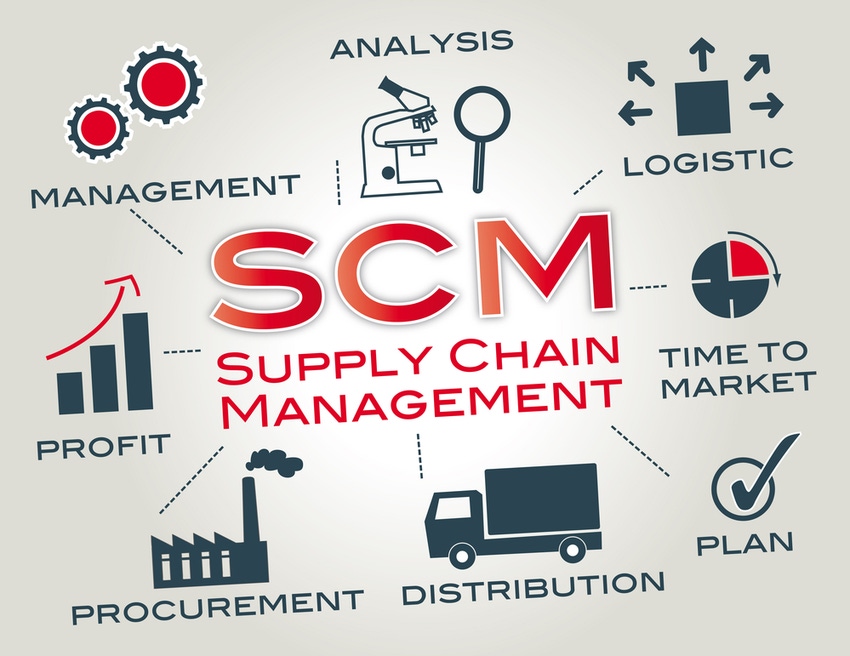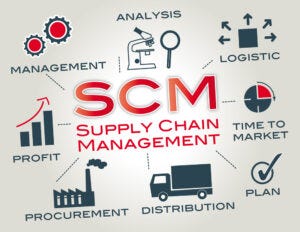Content Spotlight
Podcast: MilliporeSigma says education vital to creating unbreakable chain for sustainability
MilliporeSigma discusses the importance of people, education, and the benefits of embracing discomfort to bolster sustainability efforts.
October 4, 2022

Cell and gene therapy developers should start planning manufacturing and supply chains at least three years ahead of commercial launch, according to new analysis.
The research – by consulting group McKinsey – said the cell and gene therapy sector is at a “critical inflection point” with regards to bringing products to market and sought to identify steps likely to increase the chance of a successful launch.
And the key finding is that products for which the supply chains are planned from manufacturing plant to bedside tend to perform the best.

trueffelpix
“Recent launches of new cell and gene therapies have yielded mixed results. In some cases, patient outcomes have been promising, with high rates of therapeutic success and transformed lives. In others, the desired therapeutic gains have been undercut by the difficulty of getting the right therapy to the right patients.”
The challenge, according to the analysts, is that supply chains for cell and gene therapies are much more complicated than those of both traditional small molecule pharmaceutical products and biopharmaceuticals.
For example, many cell and gene therapies are patient specific with some being made from materials harvested from the patient themselves. In such cases material must be collected, transferred to the manufacturing site and then returned to the patient, which is a logistical and organization challenge.
In additional cell and gene therapies of all types are highly susceptible to damage during transport, which means that developers must establish transport infrastructure that ensures the products are protected and delivered on time.
“Given the uncertainties of the CGT supply chain, manufacturing capacity should be matched carefully with demand so that patient-specific doses are delivered just in time to sites of care. To do so, companies should carry out dynamic, scenario-based demand forecasting, beginning as early as three years before the actual launch” the McKinsey authors write.
The potential benefits of this approach are significant, according to the authors, who point that if done well, a digital supply chain thread can provide track-and-trace data on critical information, demonstrate outcomes, and provide timely information regarding when caregivers should bring patients in for treatment.
You May Also Like